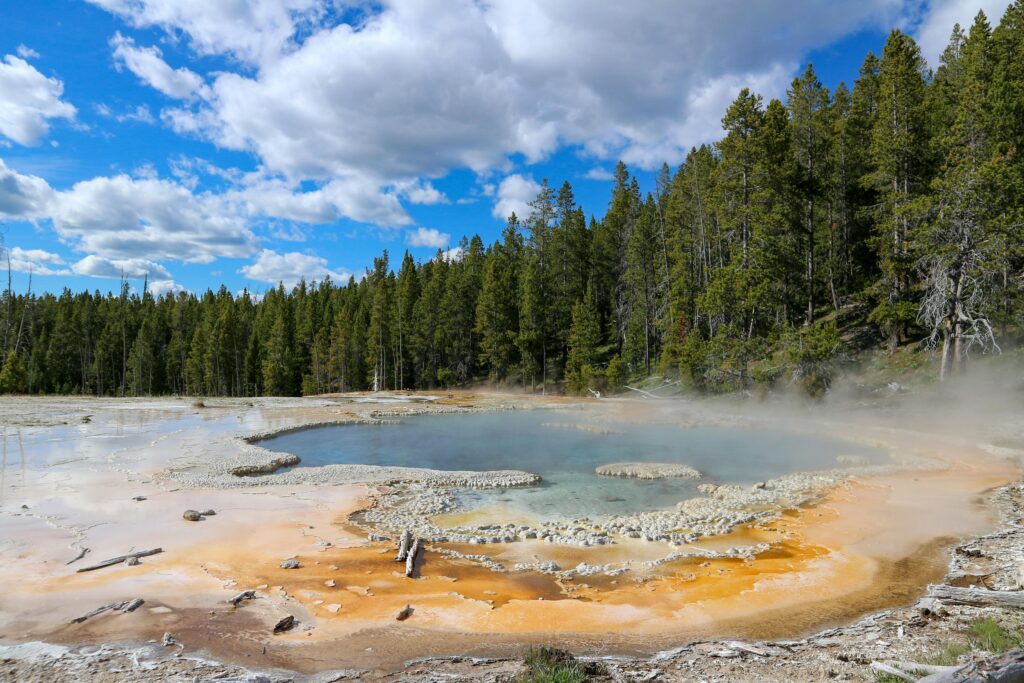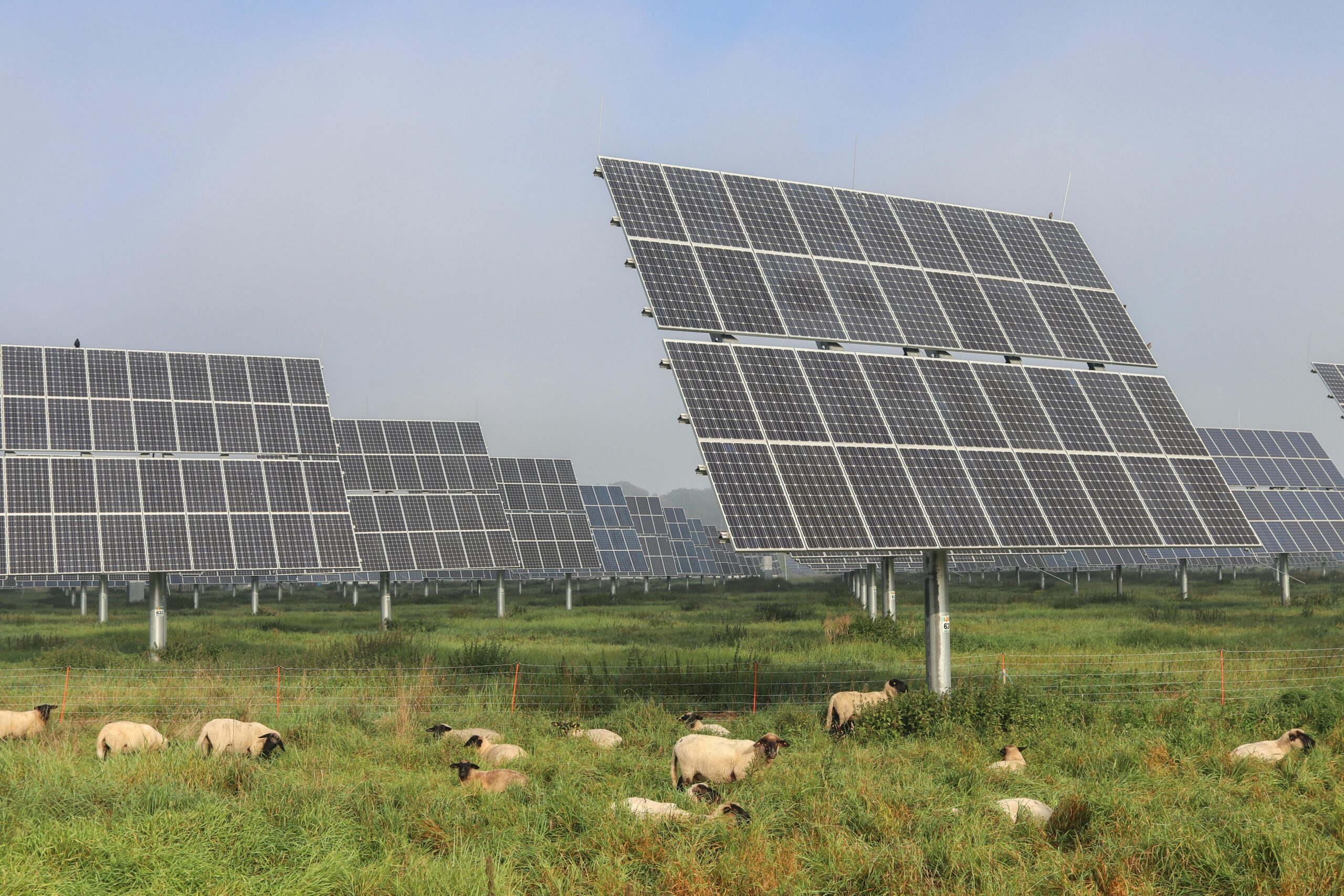Introduction
Today, the presence of climate change and its effects have never been more intense . This looming threat partnered with the urgency to transition towards renewable energy has never been more critical. The UK has come a long way in integrating renewable sources into the energy we use. However, fossil fuels still stand between reaching net zero.
As a business, the best thing you can do is choose renewables. By doing this, energy suppliers will catch on and incorporate a higher mix of renewable energy into the regular tariff to meet popular demand. However, there are different levels of “green” tariffs you can choose from, depending on what is suitable for your business.
Let’s cover all bases to fully understand.
What is renewable energy?
National Grid describes renewable energy as “energy that comes from a source that won’t run out”. Being natural and self-sustainable, renewables usually have a low-carbon footprint. The future of climate change depends on a mass change to green.
Types of renewable energy
The wind turns the blades on the wind turbine, creating kinetic energy (energy created from movement). This energy flows through a generator and is converted into electrical energy.
Solar power
Solar power is energy from the sun. When a solar panel is exposed to sunlight, it produces an electrical charge. They can exist on the roofs of buildings or as solar farms (a large area of land covered in solar panels).
Hydroelectric
A dam or structure is erected to change the flow of a body of water. The endless cycle of water will turn a generator and create kinetic energy. The kinetic energy is converted into electricity.
Biomass
Biomass is organic matter e.g. forest residues, plant materials, treated sewage sludge. It can be repurposed into energy, using methods such as: direct combustion (burning), thermochemical conversion (heated in closed, pressurised vessels at high temperatures with little to no oxygen present), biological conversion (includes fermentation to produce ethanol, and anaerobic digestion in which bacteria break down organic matter to produce biogas or biofertilizer) and chemical conversion (certain oils, fats and greases are refined to produce biodiesel).
Geothermal
Uses the heat captured from natural fractures in the ground, to create a vapour which runs a turbine to create kinetic energy which is converted into electricity.

What is green energy?
Quite often, people use the terms green energy and clean energy interchangeably. However, they represent two distinct concepts despite heading in the same direction.
Green energy refers to energy resourced and produced using methods that do not harm the environment.
Clean energy is renewable energy, but still produces a small amount carbon at any point of the process. This includes emissions from burning, or energy spent and materials wasted from building infrastructure.
Benefits of using renewable energy for your business
Transitioning to renewable energy sources can play a core role in promoting a healthier environment. In addition, by reducing your carbon footprint, you also have an edge over other competitors in the market using non-renewables.
As renewables are the future, your customers, staff, investors, and any other stakeholders will want to see if your goals and vision line with the overall well-being of the planet. Think of it like this: its okay if you don’t choose the renewable route, but it gives just that little bit extra something if your business has it. Imagine you go to your local coffee shop- they offer a BYOC option, where the coffee is cheaper than competitors. Wouldn’t you feel better getting your coffee from there? As opposed to a bigger competitor that doesn’t offer this? For regular customers who might get their coffee on the way to work, this option seems like a no brainer as they’re supporting a local spot, they can save money in the long run and they’re doing their part for helping the environment. So why is it any different for business owners?
Collectively, businesses are the largest consumer of energy in the UK. The commercial and miscellaneous sector were the most energy-intensive industry in 2023, using 169,972,450 MWh of power annually. So it all begins with you. No matter how big or how small your business is.
How to choose renewable and green/“clean” tariffs?
A lot of companies will tell you that they’re carbon neutral and they push their REGO certificate. REGO (Renewable Energy Guarantee of Origin) certificates are a guarantee that the supplier is sourcing your electricity from renewable generation.
As amazing as this seems, this is not always the case as companies can qualify for this certificate by carbon offsetting. Carbon offsetting is when companies compensate for carbon dioxide emissions, occurring at any stage of the production process, by participating in initiatives aimed at balancing the amount of carbon released into the atmosphere.
This is also the same for gas. Suppliers can have Renewable Gas Guarantees of Origin (RGGOs) certification scheme or Biomethane Certificates.
These certificates don’t necessarily count as a free pass as their sustainability strategy, for example, they could be using non-renewable resources but planting trees to account for the amount of carbon emitted. Whilst methods similar to that might be fine for your businesses, its important you’re aware of this factor in case your business needs change in the future.
Most suppliers will offer green tariffs and you should be able to view the energy mix that they use on their website. However, we would recommend looking at a handful of suppliers and comparing their green tariffs.
Typically, green tariffs cost a bit more than regular or “brown” tariffs. However, depending on the energy mix in a green tariff, you might find yourself pleasantly surprised.
If you’re looking to change to a greener tariff, check with your supplier or broker to see what green contract(s) they can supply. Some companies will also write the energy mix you will receive in your contract.

Conclusion
By now, you should know exactly what renewable energy sources are out there. Where you can, you should try to make an active effort to practice sustainability. Converting to renewable energy sources would be massively impactful- but even baby steps are a great start and you can practice sustainability in other areas. This could be as simple as recycling, donating old clothes instead of throwing them away, or reusing your own coffee cup.
The UK is headed to completely “net-zero” carbon emissions by 2050. This means no carbon offsetting, REGO’s that are actually 100% green, and a healthier and sustainable future for our earth.
This is not to say that in order to be the “best person ever” you should go 100% fully renewable. The main takeaway of this guide is for readers to be mindful about where your energy comes from and what’s the right energy tariff for your business. As the current fuel mix of the UK is about 40.8% renewables (2022-2023), there is definitely a clear path for sustainability in the future of Great Britain. Therefore, as the country is choosing sustainability, so should you!
Don’t forget, that as technology and engineering industries are always working on new ways to develop the future, there will hopefully be a new answer to sustainability and the climate change crisis, before 2050, or before the effects of climate change become irreversible.
Contact us to find out how much you could save on your business energy bill
↓
For more information on gas and energy for businesses, check out these websites:


